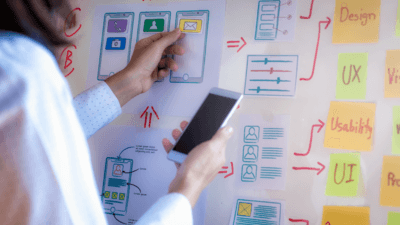What Is the Design Thinking Process?

- Design thinking is a user-centered problem-solving approach that includes five phases: empathize, define, ideate, prototype, and test.
- To ensure effectiveness, design thinking must consider technical feasibility and economic viability.
- Design thinking fosters collaboration and encourages diverse perspectives for innovative solutions.
- Start integrating design thinking into your organization by incorporating its principles into your business practices rather than just holding training sessions.
- To encourage design thinking, hold judgment-free brainstorming sessions and focus on creating actionable solutions.
It seems like there's always a new trend in the marketing and business world. Individuals and organizations have been touting the benefits of design thinking for a while now. The term may just seem like another trend, but we guarantee that design thinking is here to stay.
Design thinking is very popular. People across various industries use this powerful problem-solving strategy. People interested in growth and innovation swear by the design thinking method, and you're about to learn why so many people tout its benefits.
Consider this your guide to all things design thinking. Read on to learn what design thinking is, how it helps, why it works, and how you can start using design thinking at work ASAP.
What Is Design Thinking?
Design thinking may sound like a technique that's only used by designers. In reality, design thinking is an effective approach to problem-solving.
Overall, design thinking is a creative problem-solving strategy that's designed to put you into the minds of the people you're solving problems for. Some people have different approaches, but most design thinking boils down to 5 main phases: empathize, define, ideate, prototype, test.
We've already broken down the design thinking process and related methodology so we won't go too in-depth into it here. To get a baseline understanding of how design thinking works, know that everything revolves around the end-user. Everything you do should be able to satisfy the needs of your end-user.
Technical feasibility is also important in design thinking. When you're thinking about solutions you need to ensure that what you're planning can be incorporated into your existing products and process. Economic viability should also be taken into consideration. A solution that's great for the user but too expensive for your organization may not be best for you.
One big benefit of design thinking is that it brings technical and business limitations into your work. Aside from thinking about what the end-user needs, it challenges you to do the best you have in terms of budget and technology. It cuts down on lofty ideas and makes people focus on feasible and attainable solutions.
Create Experiences That Drive Results
Partner with us to design customer-centric digital journeys that boost engagement, loyalty, and growth.
What Is the Design Thinking Process?
The design thinking process at its core is all about user-centered design. The user’s journey, motivations, and pain points are present in all steps of the process to create a tailored solution.
There are five steps in the design thinking process. Think of these steps as part of a cycle which keeps going around and around until an optimized solution is found.
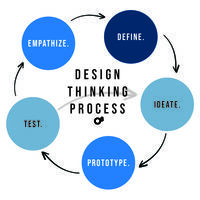
Step 1: Empathize
The first step in the cycle is to empathize. Empathy is crucial to the rest of the process because it is how designers can learn about their user. When you empathize with someone, you see the world through their eyes. In the designer's case, empathy means putting aside their own preconceived ideas to better understand the problem from the viewpoint of the user. The goal is to understand the user’s thoughts and motivations beyond collecting quantitative data.
This happens in any number of ways: observations, direct conversations, surveys, journey maps, etc. For example, Mary is trying to create a solution for a parking shortage on a block with multiple large business offices. As a result of the shortage, people are arriving constantly late to work and are often arriving in an aggregated mood.
To create a solution, Mary needs to understand the journey that the worker goes through on a daily basis without assumptions. She may observe traffic in the parking lots or people coming into the building. Questions such as “how far away did you have to park today?” or “do you park in the same spot every day?” could give her insight into the workers’ problems. She could send out a survey to collect information on parking or host a small forum to get people talking.
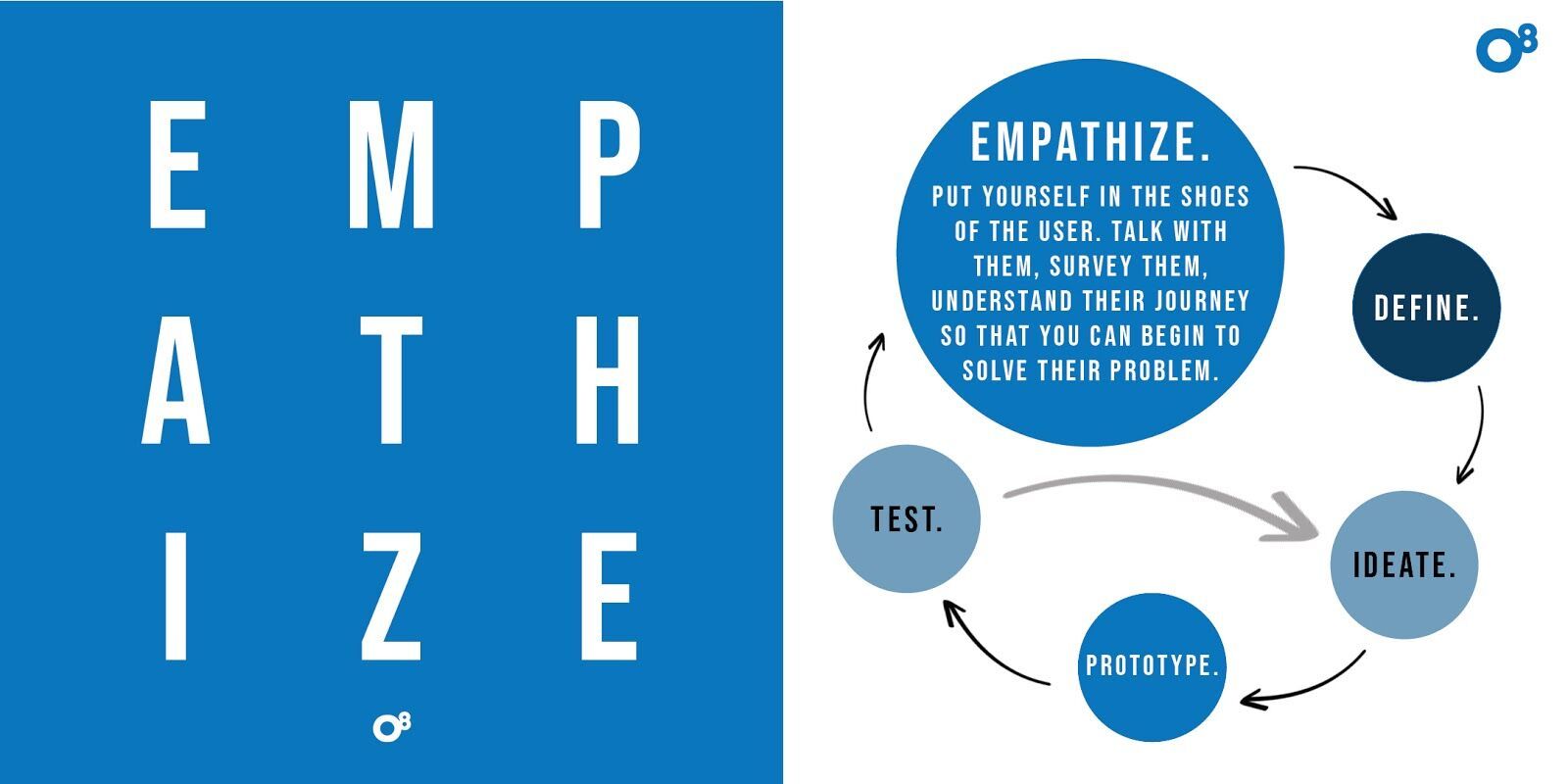
In the empathy stage, one might run into some surprises, allowing the designer to see their own hidden preconceptions. In Mary’s case, maybe some people bike to work and have trouble finding places to lock up. Others may have resorted to taking the bus, which worked until they didn’t have a way to pick their child up from school when they got sick. Odds are good that the designer will run into unexpected information which will make it easier to design the solution which best fits the needs of all users.
There are several tools that can be helpful in the empathize stage. One popular tool is a user persona. Personas are made-up users who usually represent a unique case that may not apply to the majority of the users. Crafting personas can be especially helpful for projects where the group of users is not very specialized.
Staying with the parking example, a persona could be an employee of a company who isn’t able to work regular hours because they take care of their family. When this person arrives around noon there is never anywhere for them to park. At night, he must walk alone for multiple blocks in the dark to reach his car. This has made him anxious to leave work later at night, and, therefore, he's not able to work the necessary hours and falls behind on work regularly.
Designing a solution for this user in addition to all of the other user personas will create a versatile solution.
Step 2: Define
The next step in the design thinking process is define. In the define stage, the designer takes all of the information gathered during the empathize stage and analyzes it. However, defining a problem can be quite tricky.
There will always be a problem definition that stands out as the obvious one. In our example, it would be that there is not enough parking. The challenge, as well as the reward, comes in reframing the problem in different ways to find the maximum amount of possible solutions. Here’s an example:
Jack works in a hotel. Customers keep approaching him and other staff complaining that the elevator is too slow. The problem at first glance would be that the elevators are too slow, and therefore the hotel must pay for a mechanic to come in and fix them. This would also mean having elevators out of commission for a while in addition to the cost of repair.
Jack believes there are more ways to interpret the problem. Instead of calling a mechanic, he starts asking the customers questions and observing them as they wait. He ends up with a different problem definition!
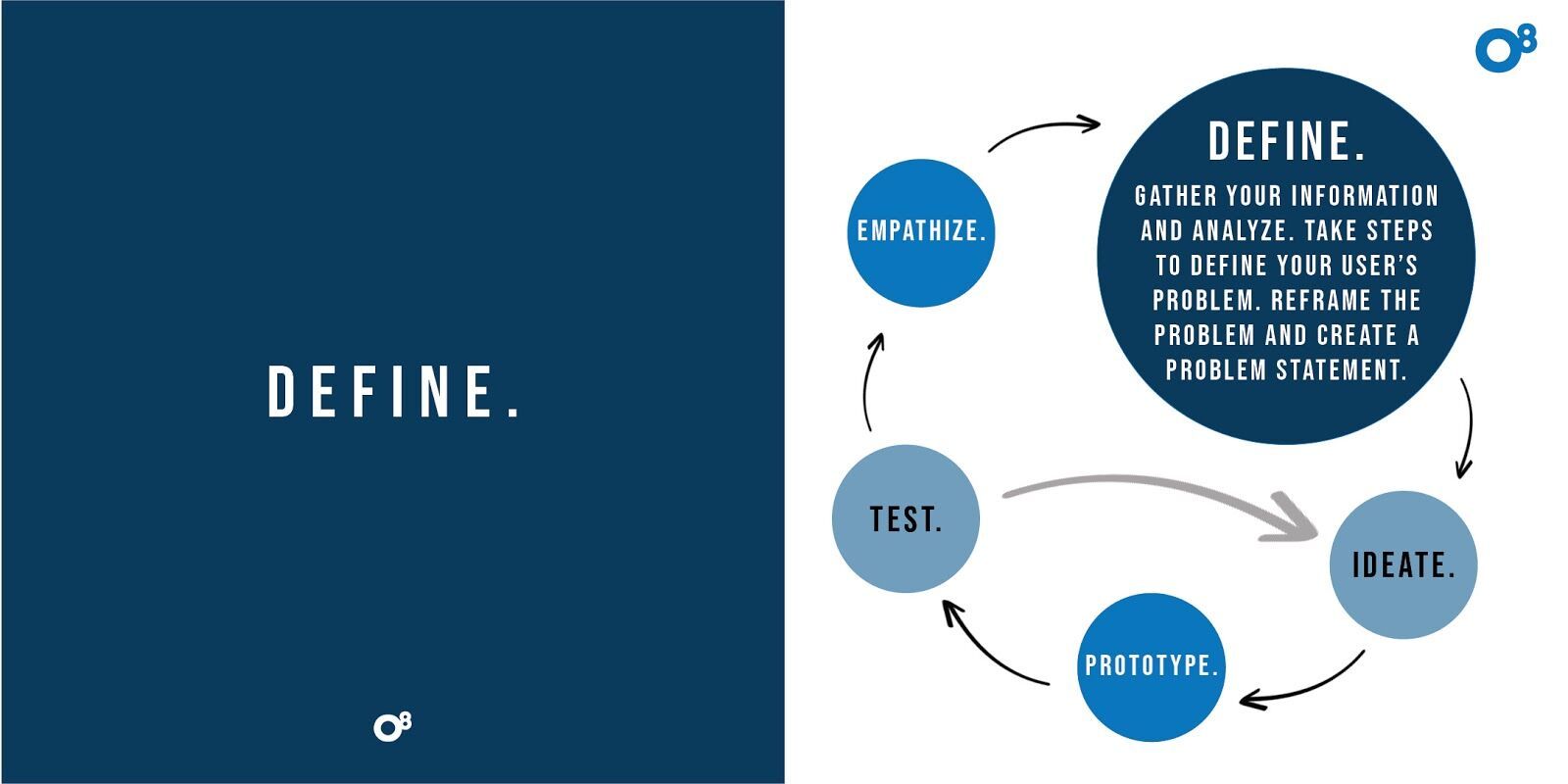
Customers are bored while waiting for the elevator. As a result of this new definition, the hotel puts up mirrors by the elevators. Instead of staring at the elevator as they wait, now people are looking at themselves. Customers stopped complaining, and the hotel didn’t have to spend money on a repair or shut down the elevators for maintenance.
This example shows how powerful reframing the problem can be. The best solutions don’t always come from the most obvious problems, making the define stage essential to the design thinking cycle.
Step 3: Ideate
The next stage of the process is ideate. Ideation is all about creativity! Now is when you grab your dry-erase markers and let any and all ideas fly. Rather than ideating alone, it is best to bounce concepts around with a group of people also dedicated to solving the problem. Bringing ideas into a group setting allows them to evolve and grow into a stronger solution. In the ideate stage, all ideas are good ideas. Here, you are not confined to the rules of logic or execution.
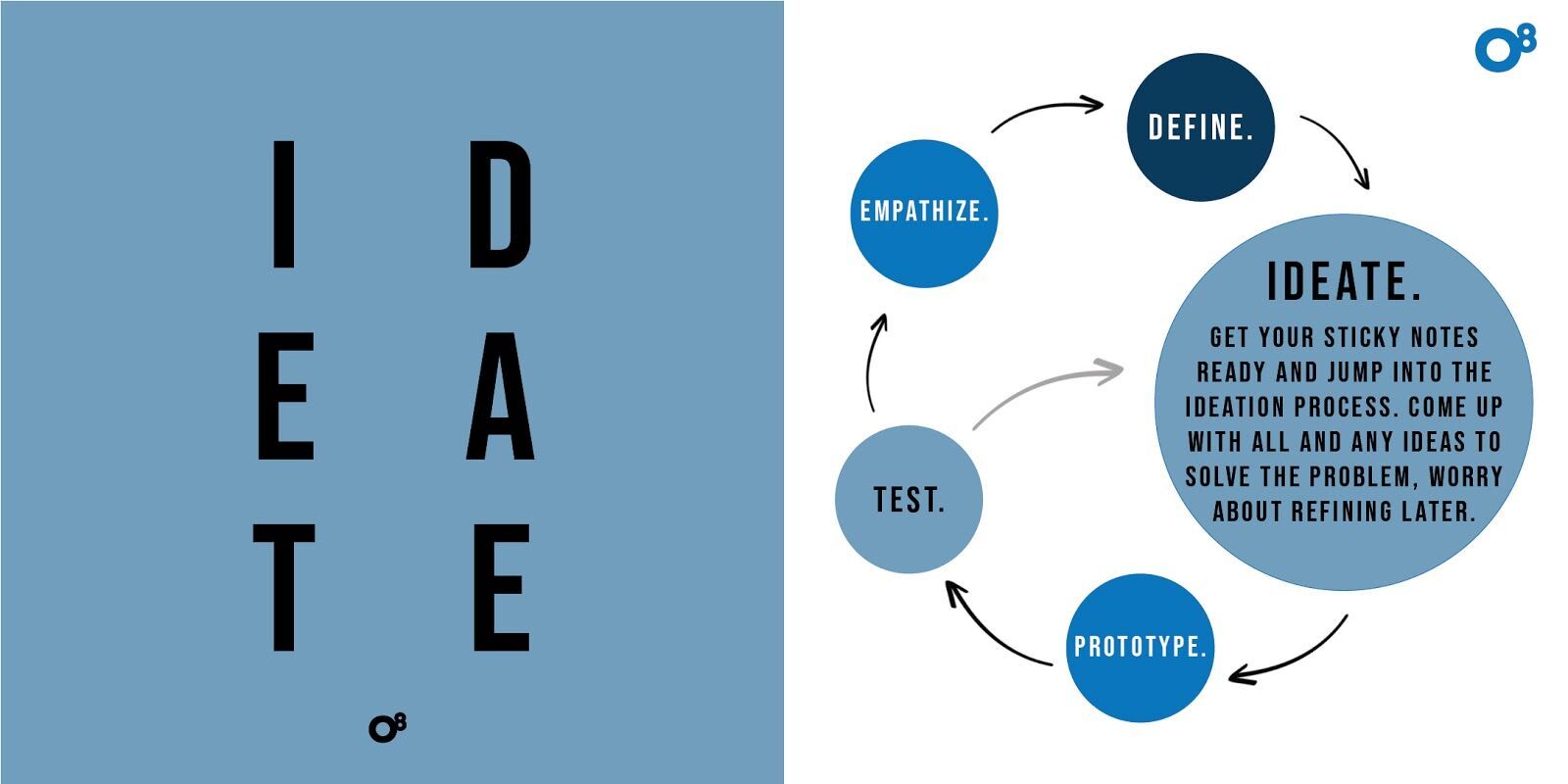
You never know what idea might lead to the best possible solution for your users! Having a diverse group of ideators is also important. People from different backgrounds, careers, and that are different ages experience different daily lives and will come up with the widest range of solutions. Ideas coming from that group will account for the most diverse population of users.
Step 4: Prototype
After all of the ideas are out in the open, it’s time to prototype. Prototyping allows designers to preview the practicality of a solution in terms of execution by making a scaled-down and cheaper version. A prototype is valuable because it can expose weaknesses and flaws in your design. If flaws are found, return to a previous step in the cycle.
The design thinking process is non-linear and flexible. It's a good thing if during the process you find yourself jumping around steps! Knowing when to go back and re-evaluate the problem definition is important, and your resulting design will be better for it. Once you have settled on one or more prototypes, it’s time to see what your users think.
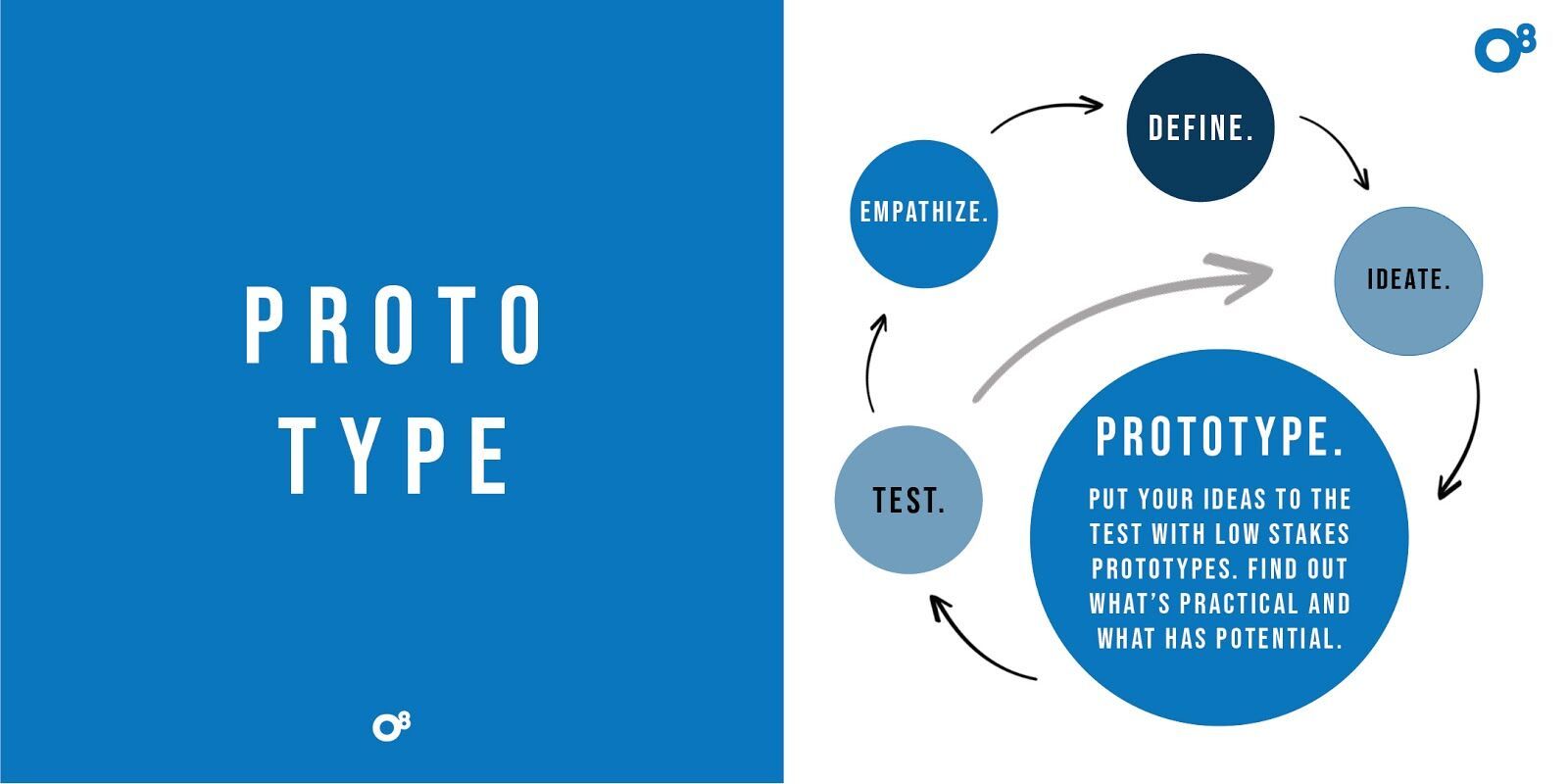
Step 5: Test
Finally, test! Bring your design to the users and gather feedback. Hit the streets to have the user test the solution in their normal day-to-day. Make sure to record all feedback as it’s likely you will be heading back to the ideation stage a few more times before you settle on a final solution.
There are many ways to user test. Two of the most popular methods are 1) letting your user experience the solution with no explanation from you and 2) having them talk you through their experience and asking them questions to make them think even further about what they are experiencing.
After they have completed their trial, ask some follow up questions. Focus on any weak spots and ask the user to elaborate. Lastly, observe. See whether they are using the product as intended. Mistakes made from a customer’s end can be a huge learning opportunity for designers. After testing, gather your data. If the solution needs to be fixed, move backward to repeat a previous step. Be patient. The solution is almost never perfect on the first try.
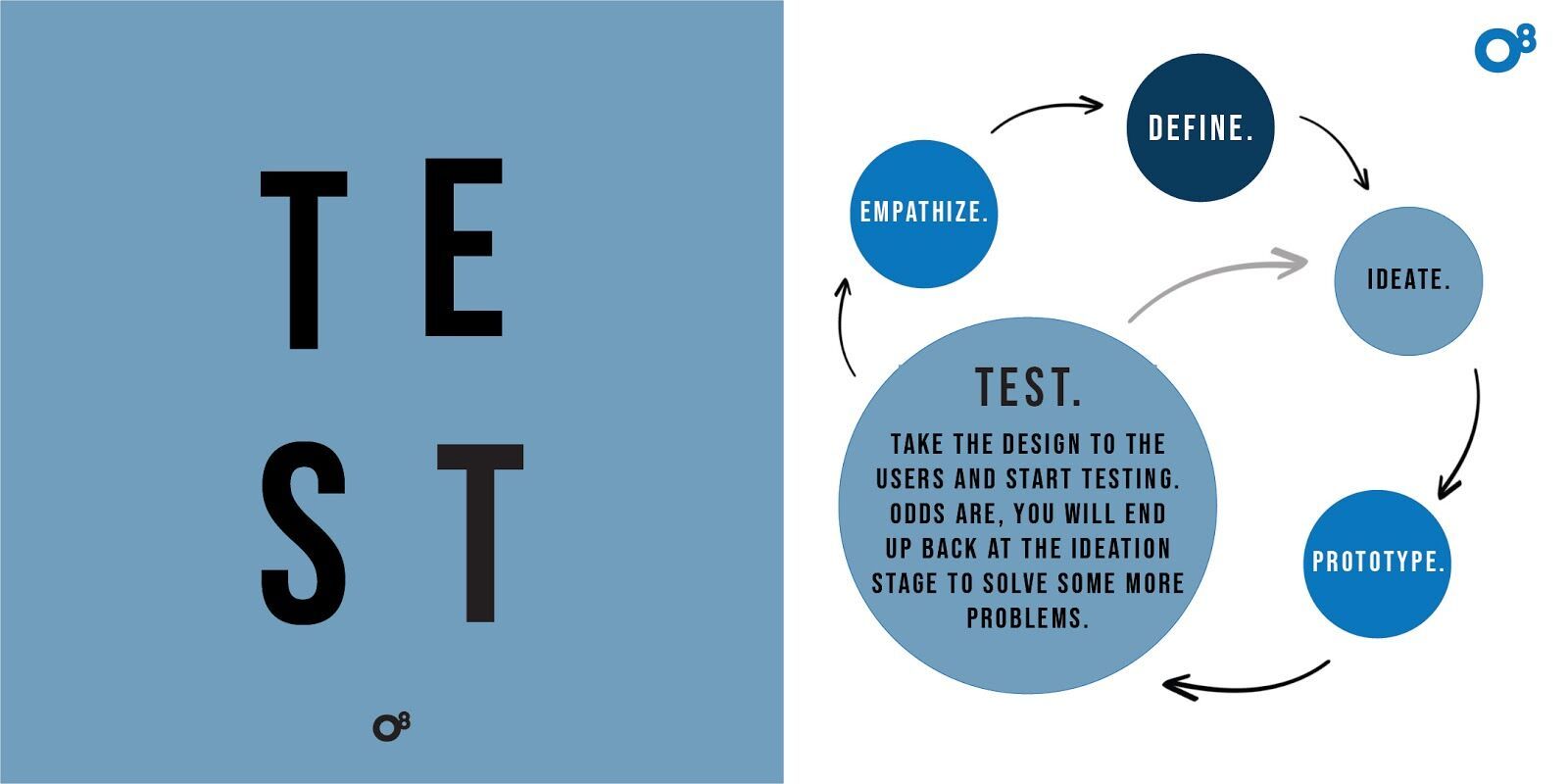
While the design thinking process can be tedious, it produces versatile and thoughtful results. As with anything, the more you practice the steps, the easier it will be to move throughout the cycle. Remember to stay flexible and listen. Now it’s time to get solving!
Build a Smarter Website That Grows With You
We use growth-driven design to continuously optimize your site—so it performs better every month.
What Does Design Thinking Help Us Do?
When you look at design thinking as a problem-solving strategy instead of a design method, you may start to wonder what its true advantages are. What sets it apart from being just another corporate fad?
There are a variety of reasons why entrepreneurs love design thinking, but the true reason why it has become a mainstay at different businesses is that it's a great way to iterate and help solve complex problems.
Design thinking isn't for the ordinary everyday problems businesses may face. Ordinary problems have plenty of tested potential solutions. All you need to do to solve them is to look at an owner's manual or check your procedures list.
What do you do when you have a problem that you've never dealt with before? How do you prepare your business to face a new market or product that you have little experience with? How can you innovate an important part of your business after doing things the same way for years?
This is where design thinking shines the brightest. The way it's set up allows your team to do what it needs to in order to create truly innovative solutions.
Want to know how design thinking can drive innovation and creative problem-solving in your business? Here are some helpful principles design thinking can help foster at your organization.
Focus on Collaboration
The main focus on design thinking might be to help end-users, but they encourage people to reach those solutions by working together.
When you take a design thinking approach to problem-solving, diverse ideas and perspectives are brought to the table. The more minds you have involved the more potential there is for true innovation.
Is there any business that wouldn't benefit from having a more collaborative environment? Pooling together ideas isn't just a great way to solve problems, it can also help employees get to know each other. This budding familiarity can make it easier to work on more projects in the future and learn about individual work styles.
Another benefit of design thinking is the kinds of people it can help bring together. How often do employees get to work with people outside of their departments? Bringing different departments together for a design thinking workshop can add new perspectives to the problem you're trying to solve and can help build relationships across teams.
Embrace Ideation
"I thought that ____ may have been a good idea when we were still in the planning stages, but I felt strange bringing it up."
"I wasn't sure how people would react to _____ so I decided to stay quiet."
"_____ seemed like it could be a dumb idea so I just didn't mention it."
How many times have you heard phrases like that in post-project meetings? Sometimes the real challenge to innovation isn't a lack of support from management. Your own employees could be doubting themselves and may be reluctant to share what's on their mind.
Design thinking is an iterative process and can help your employees get comfortable with expressing ideas. When you're in the ideation phase of a design thinking exercise, you aren't focused on creating the perfect solution. You're thinking about any and all potential solutions to a problem and you aren't afraid to test them out.
When people are too focused on perfection they miss out on potentially great solutions. The small idea you have at the workshop to improve website traffic may not be a total solution, but it could be the start of something great. Unfortunately, you won't know that until you bring it out into the open.
Get your employees used to thinking and ideating in judgment-free zones with design thinking. Encourage them to talk about whatever ideas come to mind and that sometimes it's okay to focus on quantity and not quality when you're in the middle of a brainstorm.
Create Actionable Solutions
People at your company always seem to come up with new ideas for services and products, but their lofty ideas rarely lead to any actionable work. Everyone is in a constant state of being busy but nothing actually gets done.
Maybe you're guilty of spinning your wheels a little too long in the planning stages so that things don't progress. Or maybe you have a lot of great ideas that you never have the time or money to actually dive into.
Regardless of what your problem is, your ideas never seem to make it to the finish line. Luckily, applying a design thinking approach to problem-solving can help.
Instead of just talking about potential solutions to problems, design thinking challenges you to make something from your thoughts. The prototype and testing phases allow you to see how your potential solutions would work in real life.
You won't have to sink months of employee time and company money to find out if a concept will work. A simple design thinking workshop can test the feasibility of your solution in a day or two.
Why Design Thinking Works
Design thinking is an extremely effective tool, but it's not magic. There's a time tested reason why design thinking is so effective, and it has to do with data and personal biases.
When you're focused on creating a solid customer experience, you find yourself combing through data to better understand who your customers are. After considering site and social analytics, user stories, and user interviews you're able to truly understand your target customers through tangible data.
Unlike other problem-solving methods, design thinking challenges you to create an actionable plan that's easy to test. Gathering data around how users interact with your new product or solution during the testing phase allows you to make quick iterations for an improved experience.
Making assumptions can be difficult when you're working with concrete data. When you have the data to back up your claims you set yourself up for success and make it easier to make changes in the future.
Bias isn't talked about a lot in business, but it's an important issue more people need to consider. Biased thinking stifles innovation and holds your business back from being its best.
When you take a design thinking approach to problem-solving you aren't coming up with solutions from one point of view. You work together with different people to come up with the best solution possible.
Remember, design thinking doesn't just involve your employees. It brings in the thoughts and opinions of your customers so you can truly create a comprehensive solution that can appease end-users and stakeholders.
How to Pivot to a Design Thinking First Approach
Change can move slowly internally at businesses. It would be nice if you could simply send a quick e-mail telling everyone that you want everyone to practice design thinking, but managers and employees are going to need a little guidance.
Corporate training sessions can help, but the best way to get people in a design thinking mindset is to find ways to weave its core principles into your business.
If you want to start implementing design thinking into your business, start off with these simple tips.
Embrace Fluidity
We mentioned that most design thinking approaches involve 5 phases, but the process doesn't have to follow a specific order.
You may find that starting off in the prototype or testing phase helps you create better ideas. Ideating first may help you find better empathy for your end-users.
Don't get hung up on thinking that everything needs to happen in a particular order. Just focus on making sure that you give enough attention to each phase and don't worry about following a set order.
Avoid Silos
Don't make the mistake of experimenting with design thinking on a department level. If you decide that only the design team or development department is where you're going to start first, you're already forgetting one of the main tenants of design thinking.
Different ideas from people in the same department may not produce as many innovative ideas as you'd like. Regardless of how you start experimenting with design thinking at work, make sure you involve people across different departments and disciplines.
Find Your Cheerleaders
Has someone mentioned that they're excited the company is finally taking design thinking seriously? Did a manager or employee do a great job in your latest design thinking exercise?
If you want to succeed in pivoting to a design thinking environment, find that people that will champion your cause. The people that embrace this way of thinking the most will be doing their best to apply the right principles during projects and meetings.
Talk to them about the best way to get other team members involved. Encourage them to reach out to employees and find ways to bring more design thinking ideologies to their team.
Start Small
One of the easiest ways to sabotage yourself when you're bringing design thinking to the workplace is to start too big. Don't task your team with finding a way to completely revamp your organization with design thinking. Think about small ways to introduce big concepts.
Holding small brainstorming sessions with volunteers is a great way to start small and find your cheerleaders. Make your first problem statement something simple (i.e.: how to reduce the breakroom coffee line) and accessible people can relate to.

